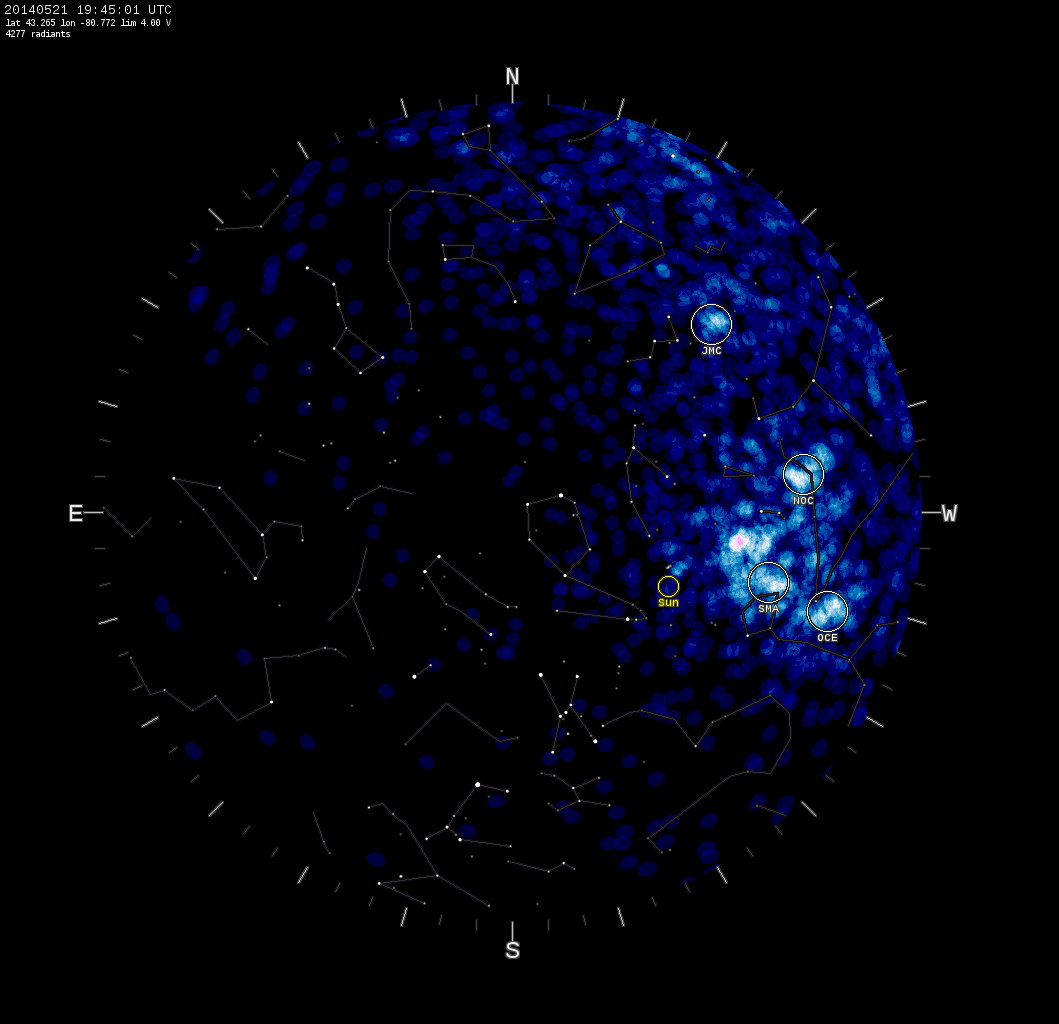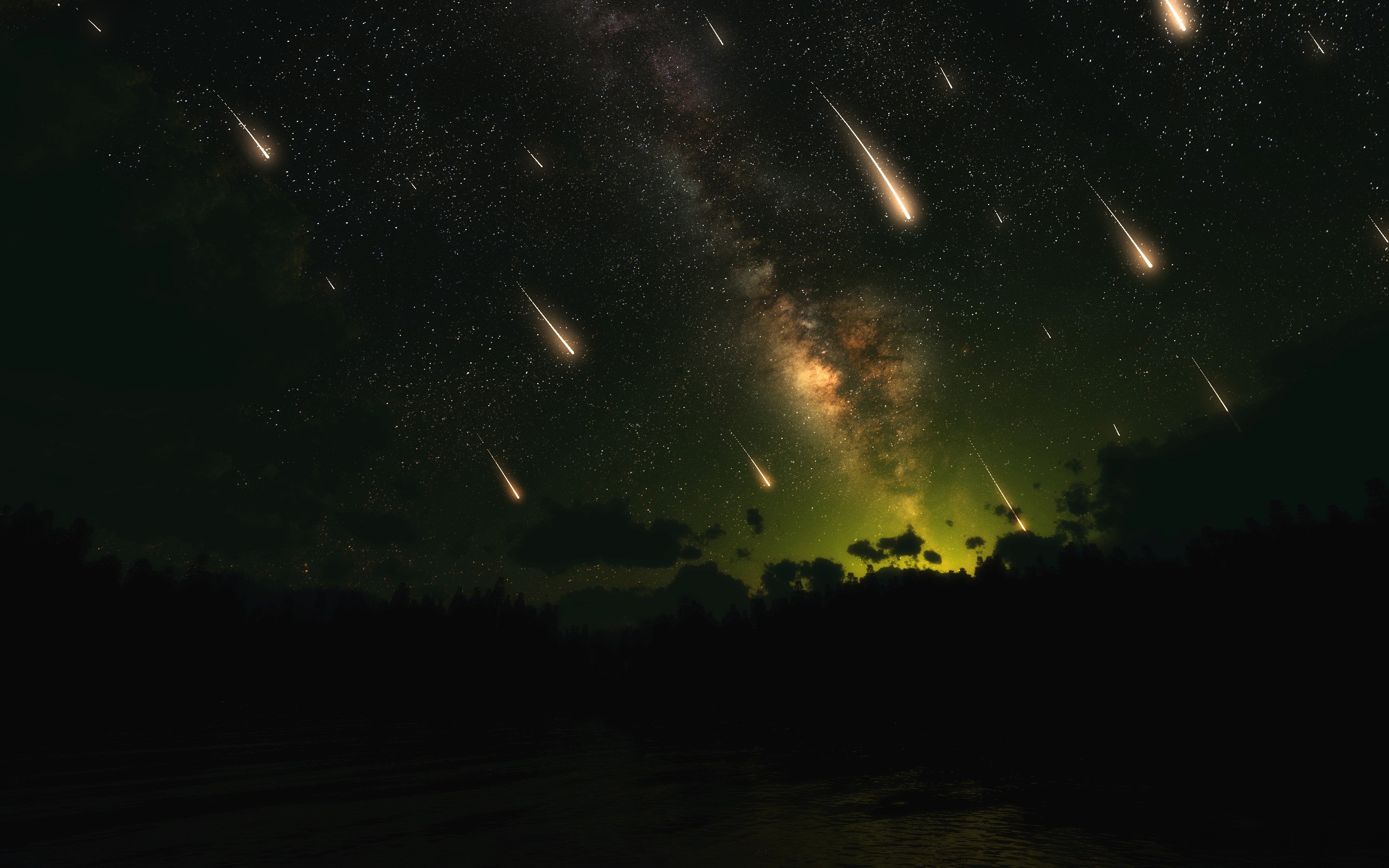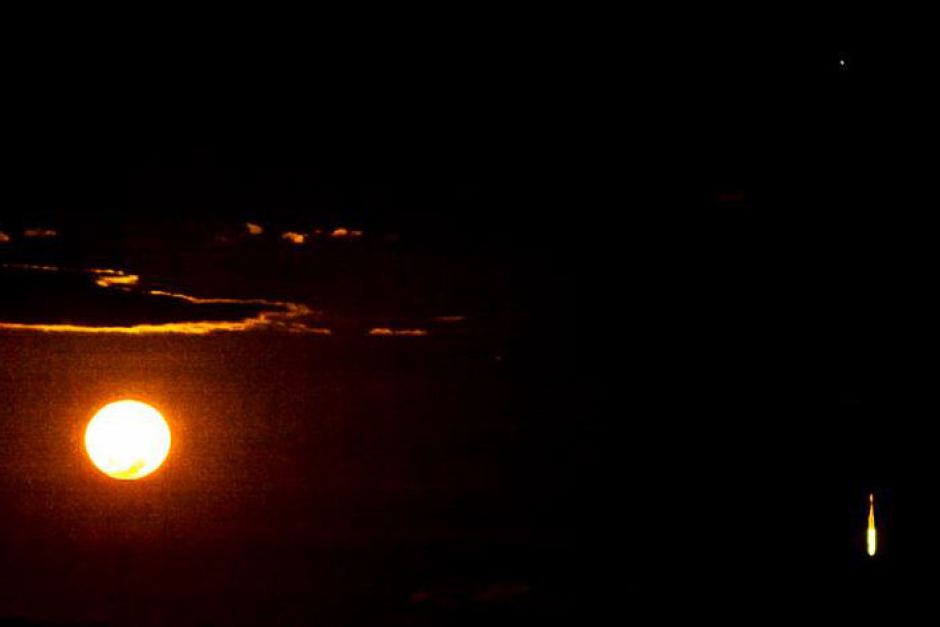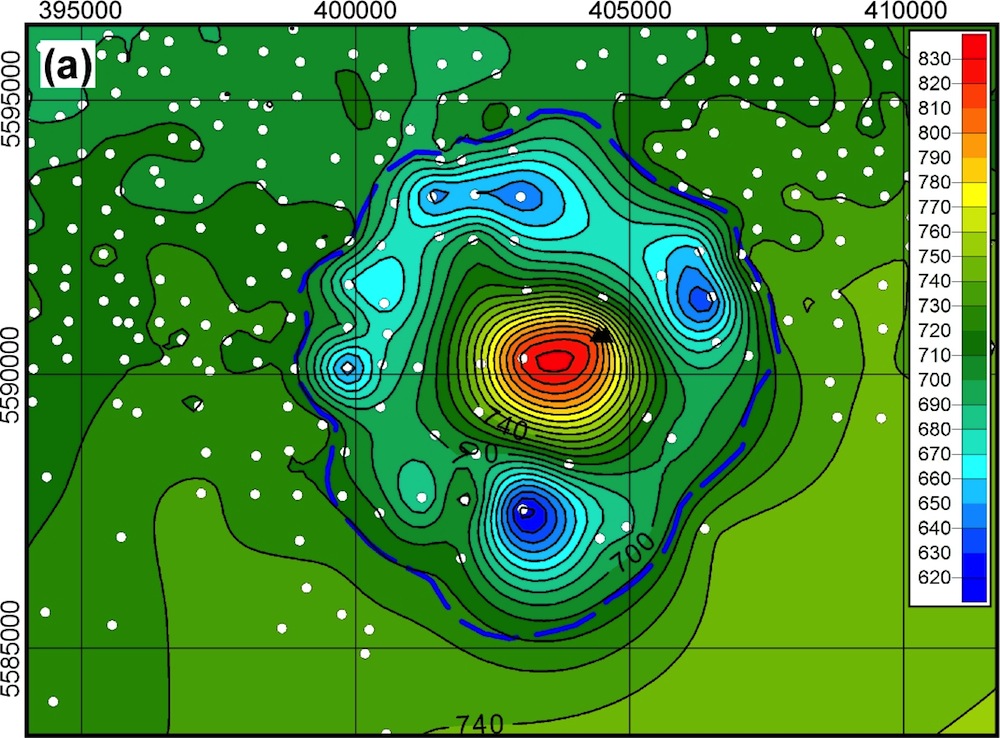
The blue map follows their position in the sky using the Canadian Meteor Orbit Radar (CMOR). The main showers are highlighted with circles and listed by their International Astronomical Union name. A second radar map on the bottom looks at meteoroid speed.
* Maps produced using the space agency's Asgard program which tracks an estimated 4,000-5,000 meteoroids a day
* Every day, more than 40 tonnes of meteoroids hit our planet, with larger chunks of comet debris becoming fireballs
* The blue map tracks their position in the skies over our planet with the main showers highlighted in white circles
* A second radar map looks at meteoroid speed. The red regions indicate a speed of 7.5 miles/s (12km/s), the green from 26 miles/s (42km/s) and the blue from 41 miles/s (66km/s)
Every day, more than 40 tonnes of meteoroids hit our atmosphere.
Many are tiny specks of comet dust that crumble harmlessly in Earth's atmosphere, producing a slow drizzle of meteors in the night sky.
Bigger chunks of asteroid and comet debris create dozens of nightly fireballs around the planet - and now, these real-time maps mean you'll never have to miss one again.
Nasa's meteoroid visualisations are produced using the space agency's Asgard software program which tracks an estimated 4,000-5,000 meteoroids a day.
The blue map follows their position in the sky using the Canadian Meteor Orbit Radar (CMOR). The main showers are highlighted with circles and listed by their International Astronomical Union name.




Comment: This report of a meteor was about 45 min prior to a boom heard over West Virginia on the same night.
National Weather Service believes "boom" over West Virginia caused by meteor